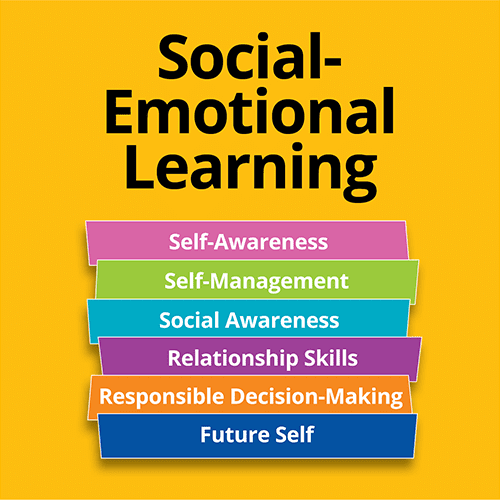It’s no secret that early-aged children are faced with increasing levels of anxiety. The reasons for this are broad and constantly evolving. To tackle all of them would turn a blog post into a dissertation. Instead, in this three-part blog series, we’ll break down various aspects of why children today are more anxious than any generation in recorded history. Today, we’ll discuss why “social-emotional learning” is a major catalyst in turning a generation of anxious kids into high-functioning adults.
First, what is social-emotional learning? The Collaborative for Academic, Social, and Emotional Learning (CASEL) lays out a clear definition:
“Social and emotional learning (SEL) is the process through which children and adults understand and manage emotions, set and achieve positive goals, feel and show empathy for others, establish and maintain positive relationships, and make responsible decisions.”
Seems straightforward, right? If you are over the age of 25, chances are you learned how to interact with your peers, family, and other communities through repeated social, academic, and professional interactions over time. These interactions, specifically during your most developmental stage, were integral to many of the abilities you have today, like the ones mentioned in the definition of SEL above. These “abilities” may also include decision-making, processing emotions, discerning between right and wrong, and many more. Because of the proliferation of everyday technology, much of the youngest generation aren’t learning these basic functions in the same way that previous generations have.
Social-emotional learning is a lifetime study and one that we have unknowingly participated in in our daily lives. However, it now requires its own place in early childhood education, high schools, and professional programs to accommodate the decrease in the day-to-day practice of SEL, and the even greater need for it. Teachers can incorporate SEL resources into their curriculum and classroom instruction, which allows for broader discussions on social justice, equity, and compassion.
There is certainly a long way to go as far as communicating more effectively and efficiently with children on the importance of exercising the social-emotional “muscle.” With more care and research into the subject, we can begin to develop an emotionally-underdeveloped generation. Stay tuned for our second post in this three part series.
Questions or comments? Please reach out to [email protected] and someone from GIA will be in touch.
Blog photo credit to PBS Media.



